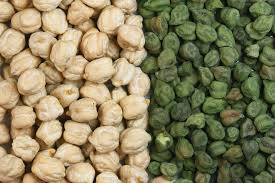Dal Pulses
Green Gram(Moong Dal)
The mung bean (Vigna radiata), alternatively known as the moong bean, green gram, is a plant species in the legume family. Native to the Indian subcontinent, the mung bean is mainly cultivated today in India, China, and Southeast Asia. It is also cultivated in hot, dry regions in Southern Europe and the Southern United States. It is used as an ingredient in both savory and sweet dishes.
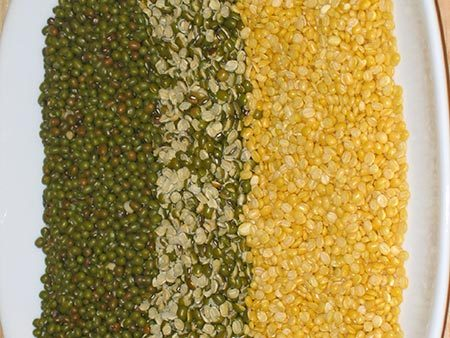
Lentils (Masoor Dal Whole)
The lentil (Lens culinaris) is an edible pulse. It is a bushy annual plant of the legume family, known for its lens-shaped seeds. It is about 40 cm (16 in) tall, and the seeds grow in pods, usually with two seeds in each.Dal or Dhal (IPA: [d̪aːl]) is a dried pulse (lentil, pea or various types of bean) which has been split. The outer hull is usually stripped off; dal that has not been hulled is described as chilka (skin), e.g. chilka urad dal, mung dal chilka. The word dal is also used to name the thick stew prepared from these pulses, an important part of Indian, Nepali, Pakistani, Sri Lankan and Bangladeshi cuisine. Dal or lentils is staple food eaten with rice and roti or chapati (wheat-based flat bread) throughout India, Pakistan, Bangladesh and Nepal where Dal Bhat (literally: dhal and rice) is the staple food for much of the population. Dal is a ready source of proteins for a balanced diet containing no meat.
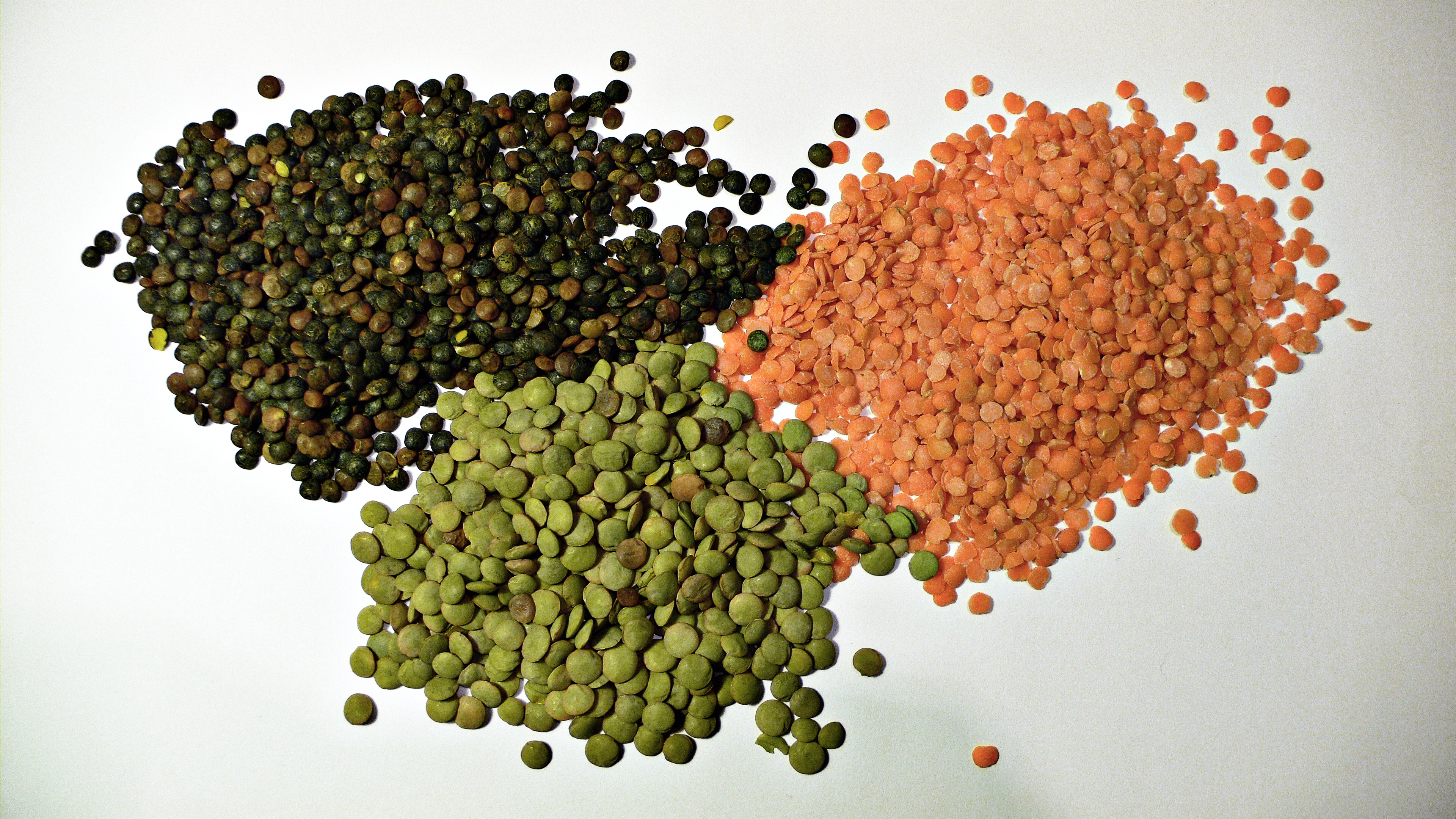
Bengal Gram (Gram Chana Dal)
They are peeled, in that in addition to not being in the seed pod in which they grew, the splitting process also removes the dull colored outer skin of the pea. They come in yellow and green varieties. The peas are round when harvested and dried. Once dry, after the skin is removed, the natural split in the seed's cotyledon can be manually or mechanically separated, in part to encourage faster cooking due to increasing the surface area exposed to heat.
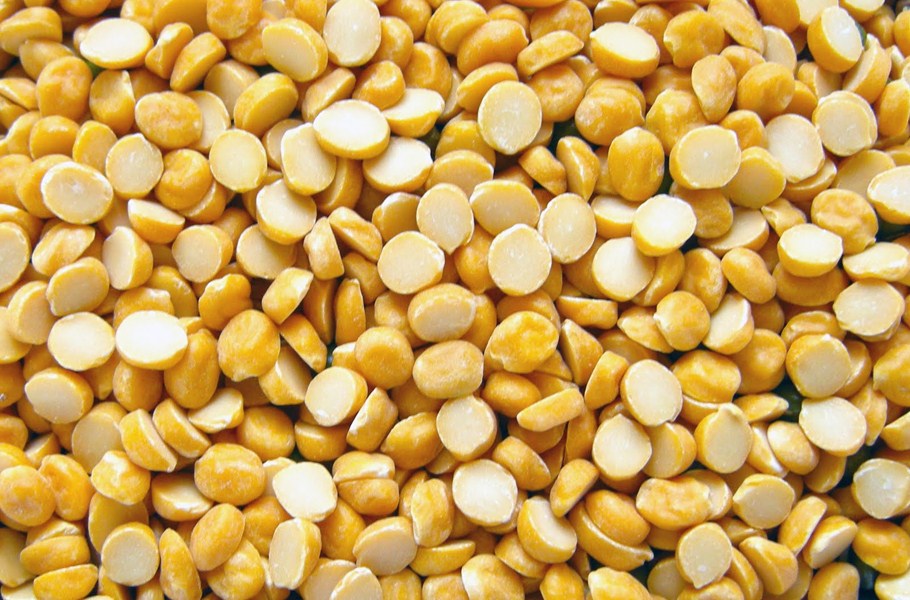
Toor dal
The pigeon pea (Cajanus cajan) is a perennial legume from the family Fabaceae. Since its domestication in India at least 3,500 years ago, its seeds have become a common food grain in Asia, Africa, and Latin America. It is consumed in a large scale mainly in south Asia and is a major source of protein for the population of that subcontinent The cultivation of the pigeon pea goes back at least 3,500 years. The centre of origin is probably peninsular India, where the closest wild relatives (Cajanus cajanifolia) occur in tropical deciduous woodlands.Archaeological finds of pigeon pea dating to about 3400 years ago (14th century BC) have been found at Neolithic sites in south India (Sanganakallu) and its border areas (Tuljapur Garhi in Maharashtra and Gopalpur in Orissa). From India it traveled to East Africa and West Africa. There, it was first encountered by Europeans, so it obtained the name Congo Pea. By means of the slave trade, it came to the American continent, probably in the 17th century.
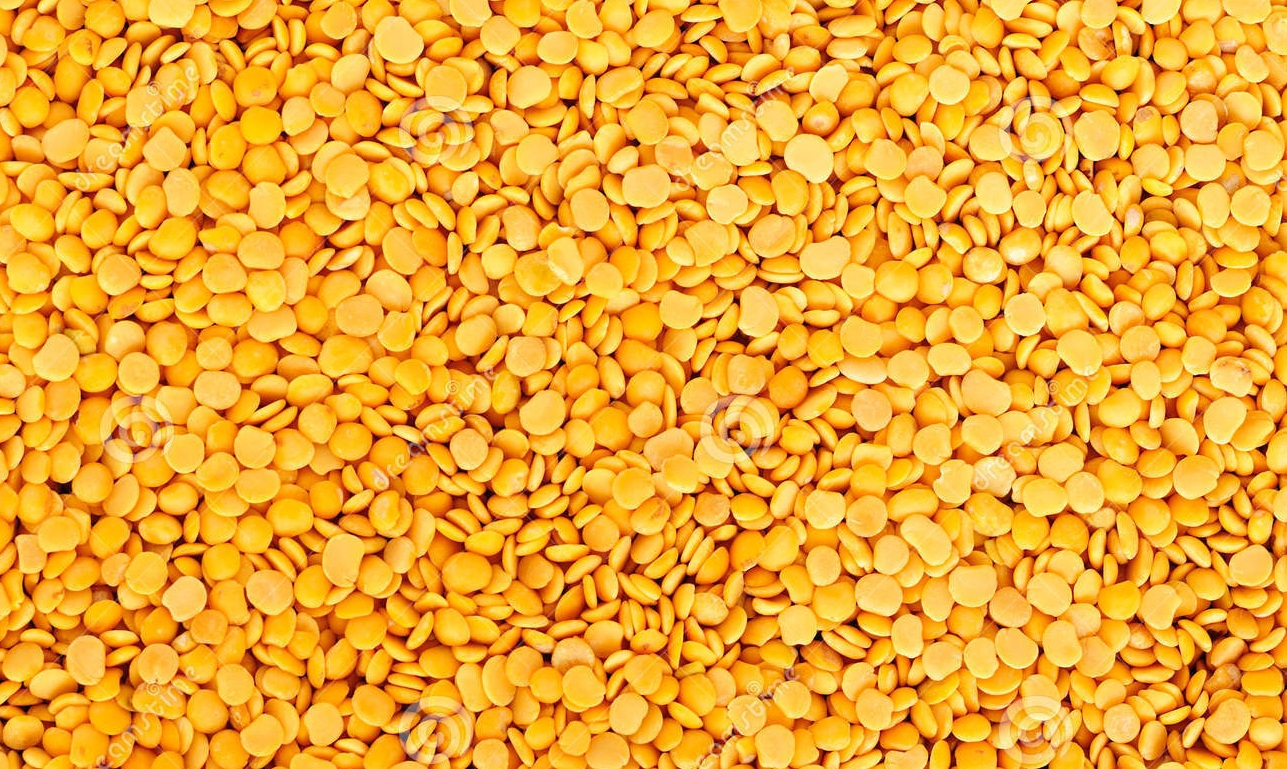
Channa Whole (Chickpea)
The chickpea or chick pea (Cicer arietinum) is a legume of the family Fabaceae, subfamily Faboideae.
It is also known as gram, or Bengal gram, garbanzo or garbanzo bean, and sometimes known as Egyptian pea,
ceci, cece or chana, or Kabuli chana (particularly in northern India). Its seeds are high in protein. It is one of the earliest cultivated legumes:
7,500-year-old remains have been found in the Middle East.
India is a major producer and a large consumer of this verity of Dal .
